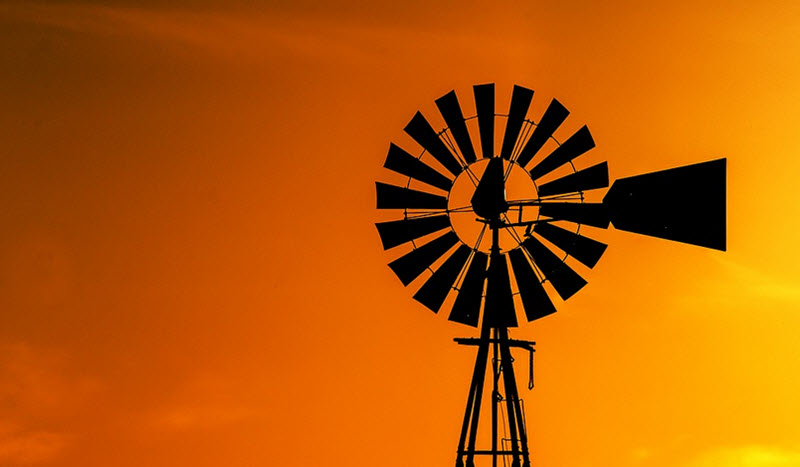Contents
Installing a small wind electric system at home
Before deciding to install a small wind electric system at home, it is important to do the research. Here are a few examples of questions that need answers:
- What are the wind conditions on my property? Do they differ within the property?
- How much electricity could I expect to generate on my property, with various types of mills? Is a higher-yielding mill worth the extra investment?
- What are the applicable laws and regulations?
- Would I be eligible for any economic incentives for installing renewable energy set up on my property?
- Do I want to connect my system to the municipal electric grid or not? What are the pros and cons?
- Can my windmill system be insured? Is separate insurance required, or is it covered by homeowners insurance?
It is also important to decide what your needs are expectations are, since those will impact the ideal setup. If your plan is to go completely off-grid, you will probably want to combine your windmill with other on-site sources of electricity and/or good electricity storage, since wind is an intermittent resource.

Installation
A windmill system should ideally be installed by a professional. In some jurisdictions, you can run into trouble with the law or with your insurance company if something happens and it turns out you installed your own windmill system without the proper credentials. If you decide to do it yourself, make sure you have the required skills AND the required knowledge about applicable rules.
In many cases, the installation will be included in the price when you purchase a windmill setup for home use. Always read the fine print from the vendor to make sure you know beforehand what the price includes.
Life span
With proper maintenance, a good quality windmill system can be expected to last for at least 20 years. Please note that individual parts might need to be replaced earlier. Also, if your system includes batteries, they will probably have a shorter predicted lifespan.
Maintenance
A windmill system will require maintenance. Do not install a windmill on your property if you are not willing and capable to either do this work yourself or hire a suitable person to do it.
A few examples of what to expect:
- You will need to regularly inspect the bolts and electrical connections, and tighten them if necessary.
- You will need to regularly inspect the machines for corrosion.
- You will need to regularly inspect the leading edge tape on the turbine blades, and replace it as necessary. After 10 years or so, you can also expect to replace the turbine blades and/or bearings completely.
- You will need to regularly inspect the tension and condition of the guy wires. (Guy-wires are tensioned cables designed to add stability to a free-standing structure.)
Some of the companies that sell and install windmill systems also sell service and maintenance programs.
Size considerations
Wind turbines for home use are typically in the 20 watts to 400 kilowatts range.
A typical United States home uses around 11,000 kilowatt-hours of electricity per year, but the individual variations are of course huge. It is therefore important to look at your home´s actual usage instead of relying on statistics.
Hybrid systems
Since wind is an intermittent resource, it is often combined with other sources of electricity. A common solution is to keep the home connected to the municipal grid; sometimes with the option of selling electricity to the municipal grid when the home production is larger than the home´s demand. For those who need an off-grid solution, wind power can be combined with a combo of intermittent sources (such as solar cells) and on-demand sources (such as a diesel-powered generator).